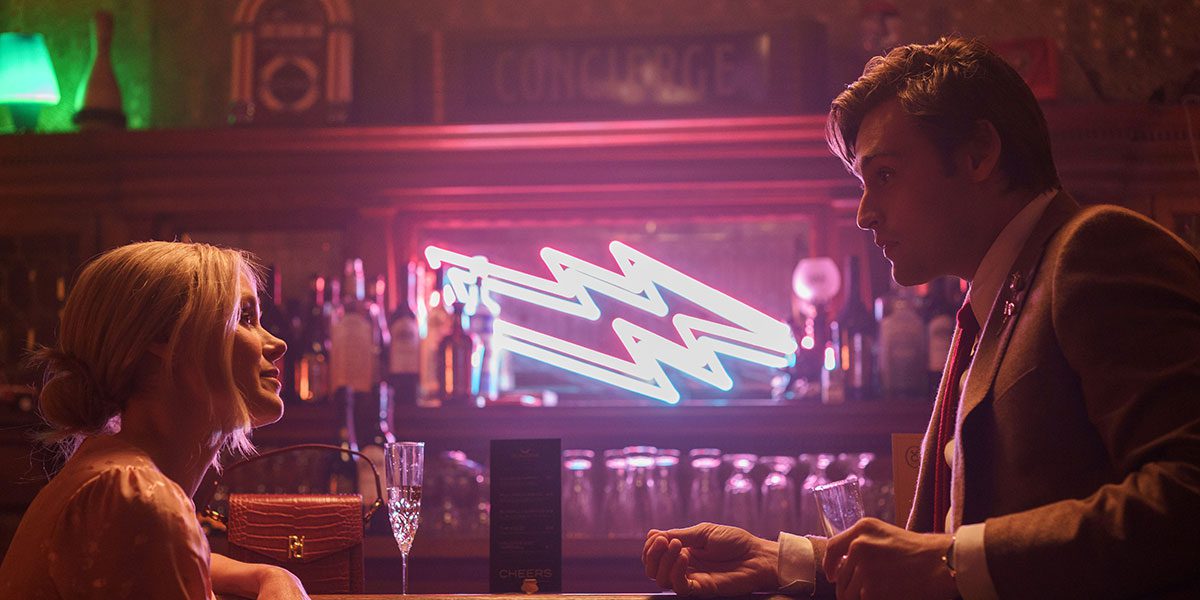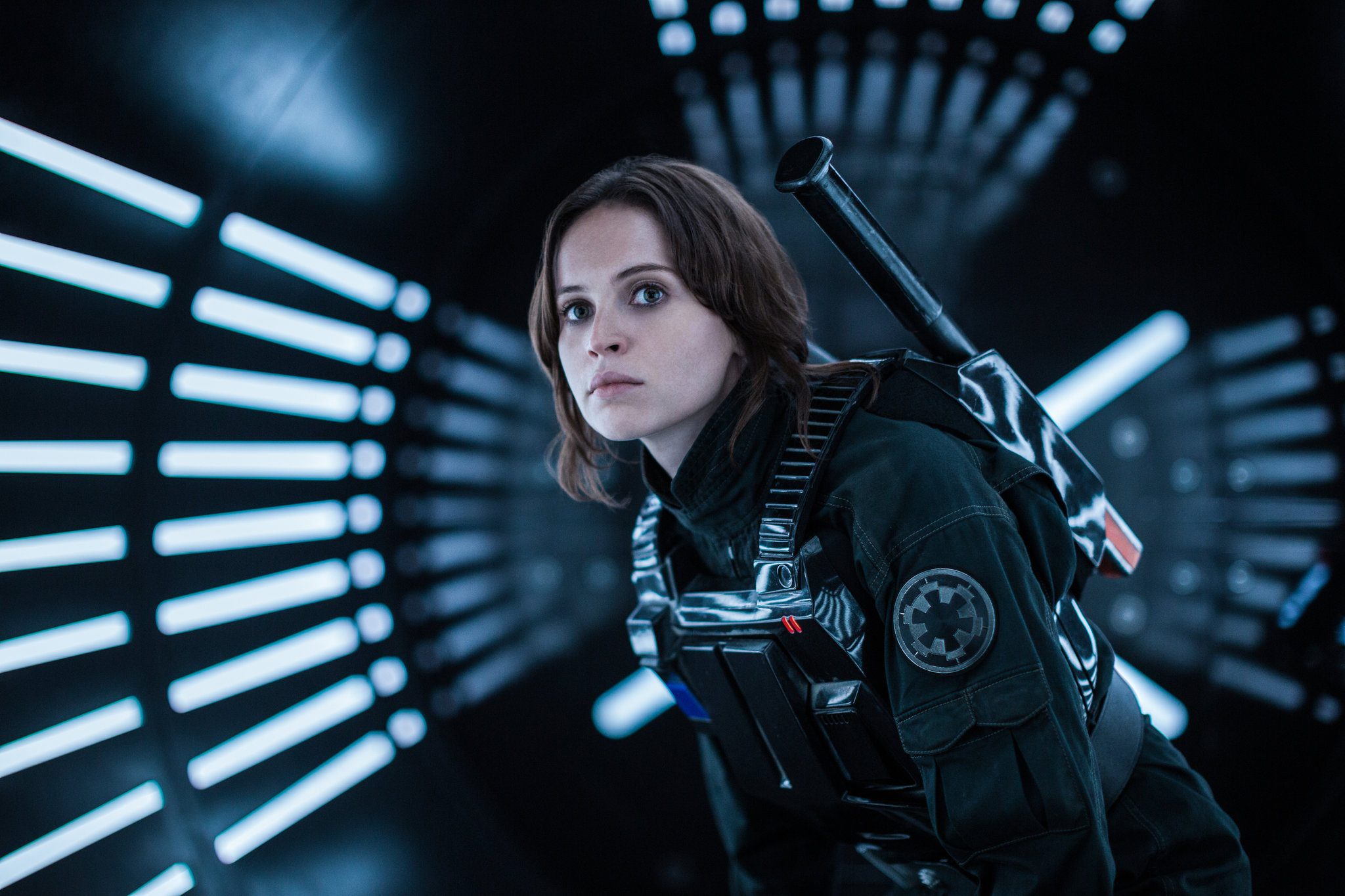By Ben Dower
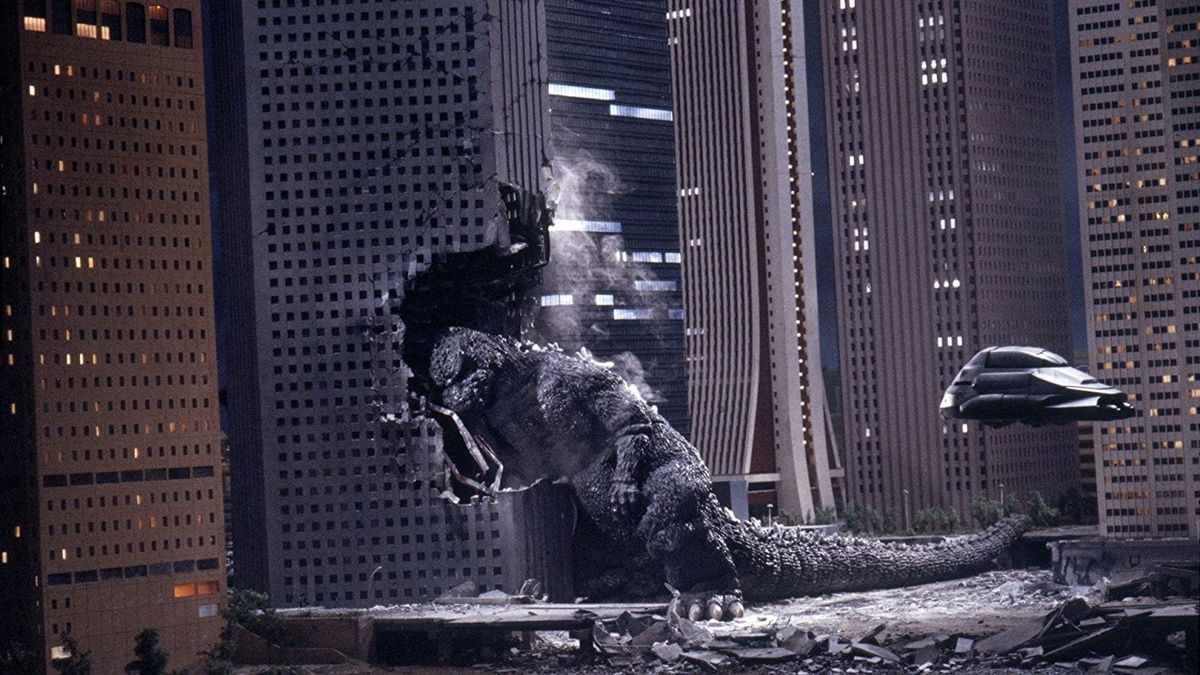
Reporter Goro Maki (Ken Tanaka) stumbles across a missing fishing vessel, the Yahata-Maru, adrift at sea.??The lone survivor is Hiroshi Okamura (Shin Takuma), who claims he saw Godzilla.??The government orders the news of Godzilla and Hiroshi?s rescue to be kept a secret to avoid public panic.??
Knowing the news will likely have to be made public at some point, Goro heads to the lab of Professor Makoto Hayashida (Yosuke Natsuki). As they discuss Godzilla, Goro finds out Hiroshi?s sister, Naoko Okamura (Yasuko Sawaguchi), works for Professor Hayashida. Goro tracks down Naoko after meeting Professor Hayashida and tells her that Hiroshi is alive.
A Soviet nuclear submarine is attacked and sunk off the coast of Japan. The Soviet Union blames the United States, but the U.S. denies involvement. As international tensions rise and a nuclear war becomes increasingly likely, the Japanese government has no choice but to publicly reveal the culprit: Godzilla.
Godzilla attacks the Ihama nuclear plant and then follows a flock of birds back into the sea. Knowing dinosaurs and birds are closely related, Professor Hayashida comes up with a plan to use the frequency of bird calls to lure Godzilla into Mount Mihara, a volcano on Oshima Island. The United States and Soviet Union try to pressure Prime Minister Seiki Mitamura (Keiju Kobayashi) into allowing them to use nuclear weapons on Godzilla if the monster comes ashore in Japan, but the Prime Minister stands firm against them.
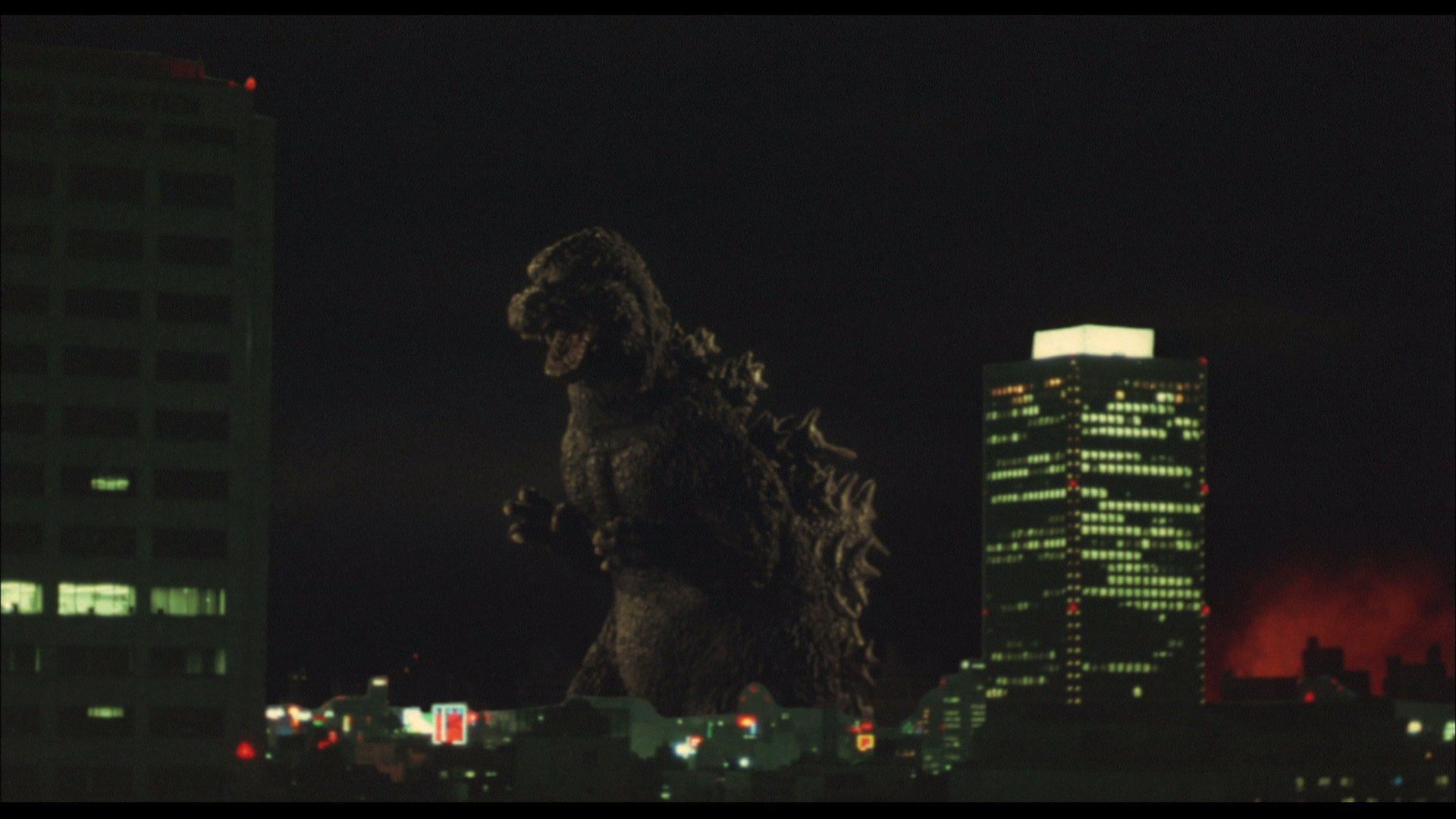
Godzilla is seen in Tokyo Bay and the JSDF is deployed. As Godzilla battles the JSDF at the shore, he damages a Soviet ship that had the nuclear launch controls on it for the aborted plan to nuke Godzilla. This triggers the launch sequence and a nuclear missile is fired from a satellite toward Toyko.
The Super X, a top-secret Japanese arial combat vehicle, is sent to fight Godzilla using cadmium bombs, and the cadmium weapons succeed in knocking Godzilla unconscious. The Americans launch a counter missile and destroy the Soviet missile high above Tokyo. The EMP from the nuclear blast knocks out electronics in Tokyo, crippling the Super X, and energy from the explosion above reawakens Godzilla.
Professor Hayashida and Hiroshi arrive at Oshima Island and begin the operation to lead Godzilla into the volcano. Godzilla follows the bird sound frequency to the island and falls into the crater of the volcano, disappearing into the magma below.
Several attempts were made to continue the Godzilla franchise after Terror of Mechagodzilla (1975), including an attempt at making an American Godzilla film in 3D, but nothing materialized until Toho?s The Return of Godzilla in 1984. Toho decided to make The Return of Godzilla a direct sequel to Godzilla (1954). This allowed the studio to easily shift Godzilla away from the anthropomorphized hero he had become in the late 1960s and early 1970s, and return him to a metaphor for real-world horrors.
Rather than have Godzilla just be a metaphor for nuclear weapons as in the first film, producer Tomoyuki Tanaka and screenwriter Shuichi Nagahara imbed the monster in the Cold War tensions of the time. There is a scene where the Soviet and U.S. ambassadors pressure Prime Minister Mitamura to allow them to nuke Godzilla in Tokyo, portraying Japan?s feeling as a small nation caught between two rival super powers. This scene is expanded on later as the Japanese Cabinet debates whether or not to allow the plan to go ahead.
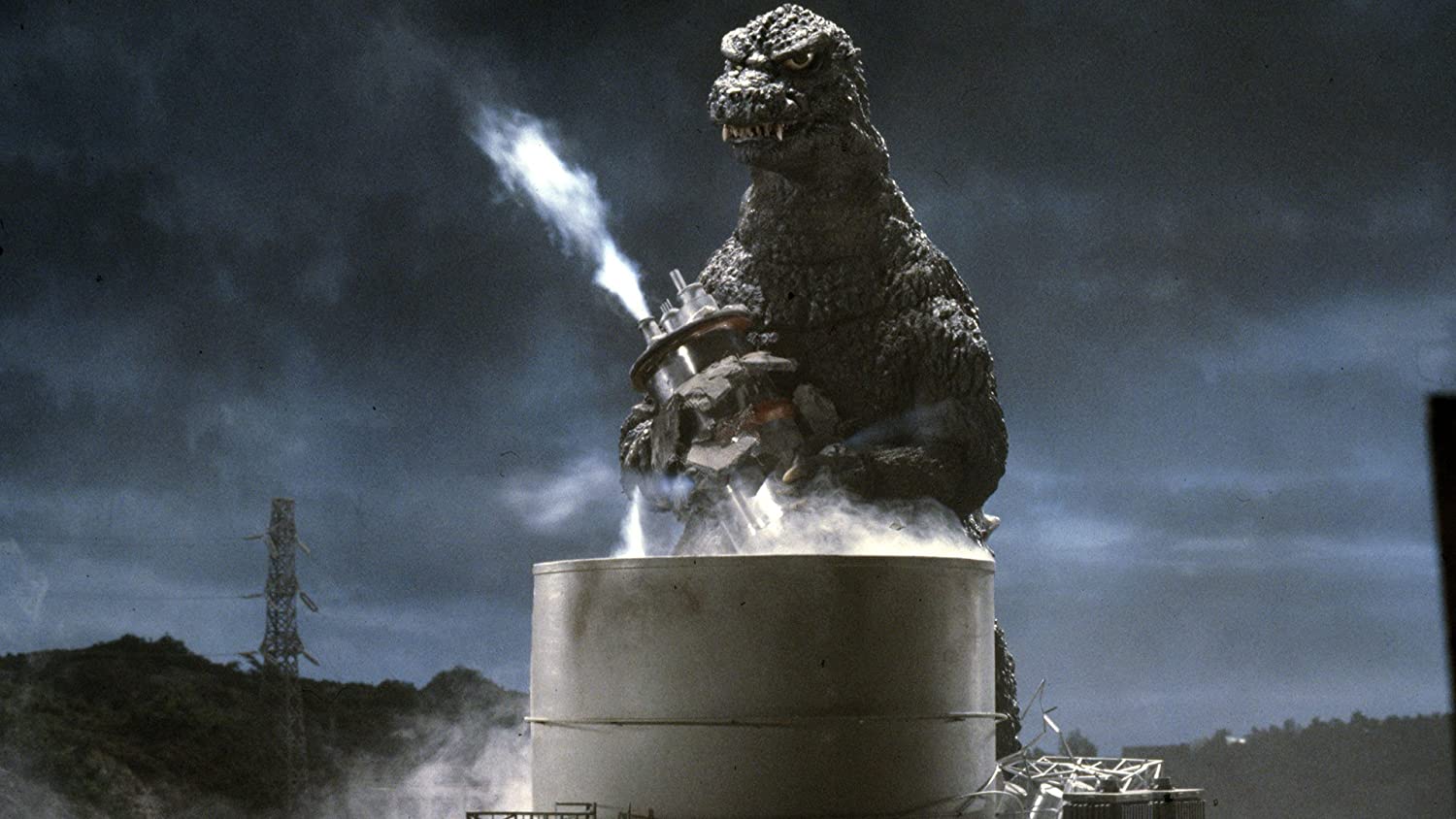
The idea to have Godzilla feed on nuclear materials is especially brilliant, giving the monster a dangerous symbiotic relationship with our proliferating use of nuclear energy. Godzilla?s attack on the Ihama nuclear power plant would prove almost prophetic just two years later in 1986 with the Chernobyl disaster, and then again in 2011 with the Fukushima disaster.
The Return of Godzilla was released in Japanese theatres on December 15, 1984 and Toho had the film dubbed into English in Hong Kong. On August 23, 1985, New World Pictures released a heavily altered version of the film to North American theatres under the title of Godzilla 1985 with an American-produced English dub and new American-shot scenes. Raymond Burr was hired to reprise his role of reporter Steve Martin from Godzilla, King of the Monsters!, the 1956 American version of Godzilla (1954). Initially New World Pictures intended to edit The Return of Godzilla into a comedy, but Raymond Burr refused to do that, believing the anti-nuclear message of Godzilla was important.
One interesting political change to the film in the American version is how the Soviet nuclear missile is launched. In the Japanese original, Godzilla slams a Soviet ship against a dock, accidently triggering the launch. A Soviet officer tries to stop the missile from launching, but is killed in the process. In the American version, the scenes are edited so that the Soviet officer is made to be launching it deliberately, complete with a new shot of a finger pressing the launch button inserted into the movie.
Godzilla 1985 was widely available during the 1990s on VHS, usually including the animated short Bambi Meets Godzilla (1969) along with it. Around the turn of the millennium, a rights entanglement caused the film to disappear from home video in North America. In 2016, the original Japanese version of The Return of Godzilla finally got a DVD and Blu-ray release from Kraken Releasing. This release also contained the Toho-produced English dub as an alternate audio option, but unfortunately Godzilla 1985 was not included because of copyright issues with some of the American changes. The Kraken Releasing discs are out of print and both The Return of Godzilla and Godzilla 1985 have not been released on North American home video again.


